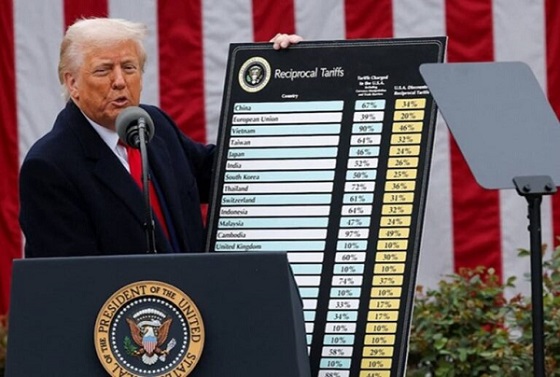Business
Trudeau gov’t fall economic statement includes massive payouts to legacy media ahead of election
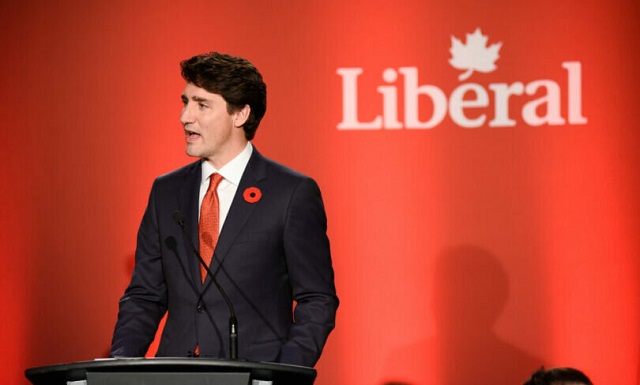
From LifeSiteNews
The subsidies for legacy media come as Canadians’ trust in mainstream media is polling at an all-time low
The federal government of Prime Minister Justin Trudeau’s fall economic statement includes massive payouts for mainstream media outlets ahead of and after the 2025 election.
On November 21, Finance Minister Chrystia Freeland delivered the Liberal Government’s Fall Economic Statement in the House of Commons, which includes legacy media subsidies which will cost taxpayers $129 million over the next five years.
“To ensure a strong and independent press can continue to thrive in Canada the Fall Economic Statement proposes to enhance the Canadian journalism labour tax credit,” the Department of Finance wrote.
Beginning in 2019, Parliament changed the Income Tax Act to give yearly rebates of 25 percent for each news employee in cabinet-approved media outlets earning up to $55,000 a year, to a maximum of $13,750.
However, the Canadian Heritage Department since admitted that the payouts are not sufficient to keep legacy media outlets running. The department recommended that rebates be doubled next year to a maximum $29,750 annually.
This suggestion was adopted by the Trudeau government in the Fall Economic Statement, which increased the rebates to 35 percent on newsroom salaries up to $85,000, totaling a maximum rebate of $29,750. The temporary tax credit is set to apply for the next four years.
While media subsidies were to set to expire March 31, 2024, they have now been expanded to 2029 past the next general election. The increased payouts are expected to cost taxpayer $129 million in the next five years and an additional $10 million for every subsequent year.
The Trudeau government’s decision has been roundly condemned by Canadians on social media, many of whom are pointing to it as Trudeau’s attempt to make up for the failure of Bill C-18.
Bill C-18, the Online News Act, was projected to increase legacy media revenue by forcing Big Tech companies to pay to publish Canadian content on their platforms.
However, instead of paying the fees, Meta, the parent company of Facebook and Instagram, blocked all access to news content in Canada, while Google has promised to do the same. As a result, Canadians have been blocked from viewing legacy media outlets’ social media platforms.
“This is just a massive bailout using public dollars for the government’s blunder on Bill C-18,” Canadian academic and law professor Michael Geist wrote on X, formerly known as Twitter. “News outlets could previously claim a max of $13,750 per employee. That now increases to $29,750 or by 116%.”
Note that this is retroactive as it applies to expenditures from the start of the year. It’s a $60M gift to the news sector, to off-set the lost revenues due to its own legislation. So the industry lobbied for Bill C-18 and then lobbied for a bailout.https://t.co/XpccVcyRTy
— Michael Geist (@mgeist) November 21, 2023
“Note that this is retroactive as it applies to expenditures from the start of the year,” he added. “It’s a $60M gift to the news sector, to off-set the lost revenues due to its own legislation. So the industry lobbied for Bill C-18 and then lobbied for a bailout.”
Similarly, Canadian politician and CEO of the Western Standard Derek Fildebrandt said, “Ottawa is turning journalism into little better than supply-managed dairy farming. It is quickly becoming impossible to run a media company of any scale without taking the damned bailout money.”
They pass legislation devastating our ability to grow revenues, shrug their shoulders after we told them 100 times this is exactly what would happen, and propose to simply cut more bailout cheques. https://t.co/vMRLfE9CLC
— Derek Fildebrandt (@Dfildebrandt) November 21, 2023
Additionally, Royal Canadian Air Force Veteran Rex Glacer pointed out that thanks to the payouts, “Legacy media is now nothing but employees of the Liberal Party of Canada whose job is to help Trudeau win the next election, congratulations on your pay raises!”
Legacy media is now nothing but employees of the Liberal Party of Canada whose job is to help Trudeau win the next election, congratulations on your pay raises! https://t.co/26k925AlvI
— Rex Glacer (@rexglacer) November 22, 2023
The renewed media bailouts come as trust in mainstream media is polling at an all-time low with Canadians.
According to recent study by Canada’s Public Health Agency’s (PHA), less than a third of Canadians displayed “high trust” of the federal government, with “large media organizations” as well as celebrities getting even lower scores.
Large mainstream media outlets and “journalists” working for them scored a “high trust” rating of only 18 percent. This was followed by only 12 percent of people saying they trusted “ordinary people,” with celebrities garnering only an eight percent “trust” rating.
Business
Musk Slashes DOGE Savings Forecast By 85%


From the Daily Caller News Foundation
By Thomas English
Elon Musk announced Thursday that the Department of Government Efficiency (DOGE) is now targeting $150 billion in federal savings for fiscal year 2026 — dramatically scaling back earlier claims of slashing as much as $2 trillion.
Musk initially projected DOGE would deliver $2 trillion in savings by targeting government waste, fraud and abuse. That figure was halved to $1 trillion earlier this year, but Musk walked it back again at Thursday’s Cabinet meeting, saying the revised $150 billion projection will “result in better services for the American people” and ensure federal spending “in a way that is sensible and fair and good.”
“I’m excited to announce we anticipate saving in FY ’26 from a reduction of waste and fraud a reduction of $150 billion dollars,” Musk said. “And some of it is just absurd, like, people getting unemployment insurance who haven’t been born yet. I mean, I think anyone can appreciate — I mean, come on, that’s just crazy.”
The announcement marks the latest in a string of revised projections from Musk, who has become the face of President Donald Trump’s aggressive federal efficiency agenda.
“Your people are fantastic,” the president responded. “In fact, hopefully they’ll stay around for the long haul. We’d like to keep as many as we can. They’re great — smart, sharp, finding things that nobody would have thought of.”
Musk originally floated the $2 trillion figure during campaign appearances last fall.
“I think we could do at least $2 trillion,” Musk said at the Madison Square Garden campaign rally in November. “At the end of the day, you’re being taxed — all government spending is taxation … Your money is being wasted, and the Department of Government Efficiency is going to fix that.”
By January, he softened expectations to a “really quite achievable” $1 trillion target before downsizing that figure again this week.
“Our goal is to reduce the deficit by a trillion dollars,” Musk told Fox News’ Bret Baier “Looked at in total federal spending, to drop the federal spending from $7 trillion to $6 trillion by eliminating waste, fraud and abuse … Which seems really quite achievable.”
DOGE’s website, which tracks cost-saving initiatives and contract cancellations, currently calculates total federal savings at $150 billion.
2025 Federal Election
Taxpayers urge federal party leaders to drop home sale reporting to CRA

Party leaders must clarify position on home equity tax
The Canadian Taxpayers Federation is calling on all party leaders to prove they’re against home equity taxes by pledging to immediately remove the Canada Revenue Agency reporting requirement on the sale of primary residences.
“Canadians rely on the sale of their homes to pay for their golden years,” said Carson Binda, CTF B.C. Director. “After the government spent hundreds of thousands of dollars flirting with home taxes, taxpayers need party leaders to prove they won’t tax our homes by removing the CRA reporting requirement.”
Right now, the profit you make from selling your home is exempt from the capital gains tax. However, in 2016, the federal government mandated that Canadians report the sale of their homes to the CRA, even though it’s tax exempt.
The Canada Mortgage and Housing Corporation also spent at least $450,000 to study and influence public opinion in favour of home equity taxes. The report recommended a home equity tax targeting the “housing wealth windfalls gained by many homeowners while they sleep and watch TV.”
“A home equity tax would hurt seniors saving for their golden years and make homes more expensive for younger generations,” Binda said. “If the federal government isn’t planning on imposing a home equity tax, then Canadians shouldn’t be forced to report the sale of their home to the CRA.”
-

 2025 Federal Election2 days ago
2025 Federal Election2 days agoRCMP memo warns of Chinese interference on Canadian university campuses to affect election
-

 2025 Federal Election1 day ago
2025 Federal Election1 day agoResearchers Link China’s Intelligence and Elite Influence Arms to B.C. Government, Liberal Party, and Trudeau-Appointed Senator
-
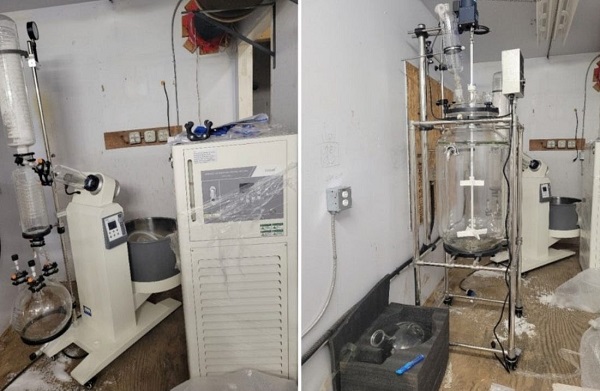
 Business21 hours ago
Business21 hours agoCanadian Police Raid Sophisticated Vancouver Fentanyl Labs, But Insist Millions of Pills Not Destined for U.S.
-
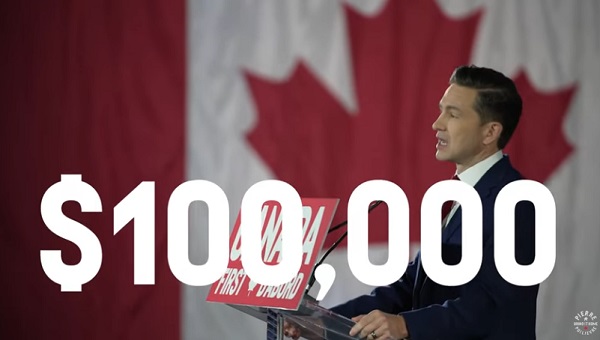
 2025 Federal Election2 days ago
2025 Federal Election2 days agoPoilievre Announces Plan To Cut Taxes By $100,000 Per Home
-
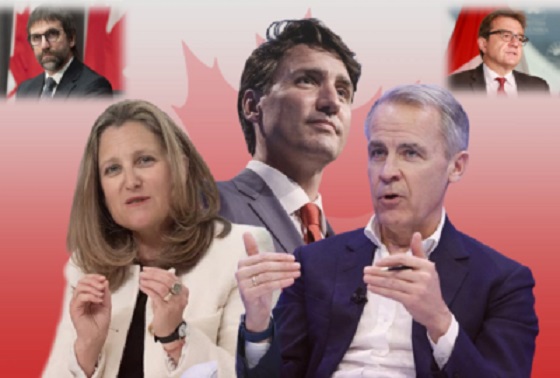
 2025 Federal Election2 days ago
2025 Federal Election2 days agoThe status quo in Canadian politics isn’t sustainable for national unity
-
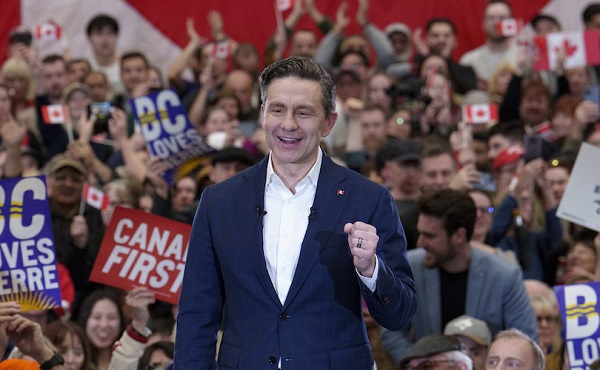
 2025 Federal Election1 day ago
2025 Federal Election1 day agoTwo Canadian police unions endorse Pierre Poilievre for PM
-
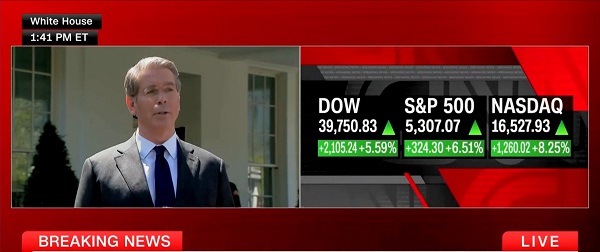
 Business2 days ago
Business2 days agoScott Bessent Says Trump’s Goal Was Always To Get Trading Partners To Table After Major Pause Announcement
-

 2025 Federal Election1 day ago
2025 Federal Election1 day agoCarney needs to cancel gun ban and buyback





